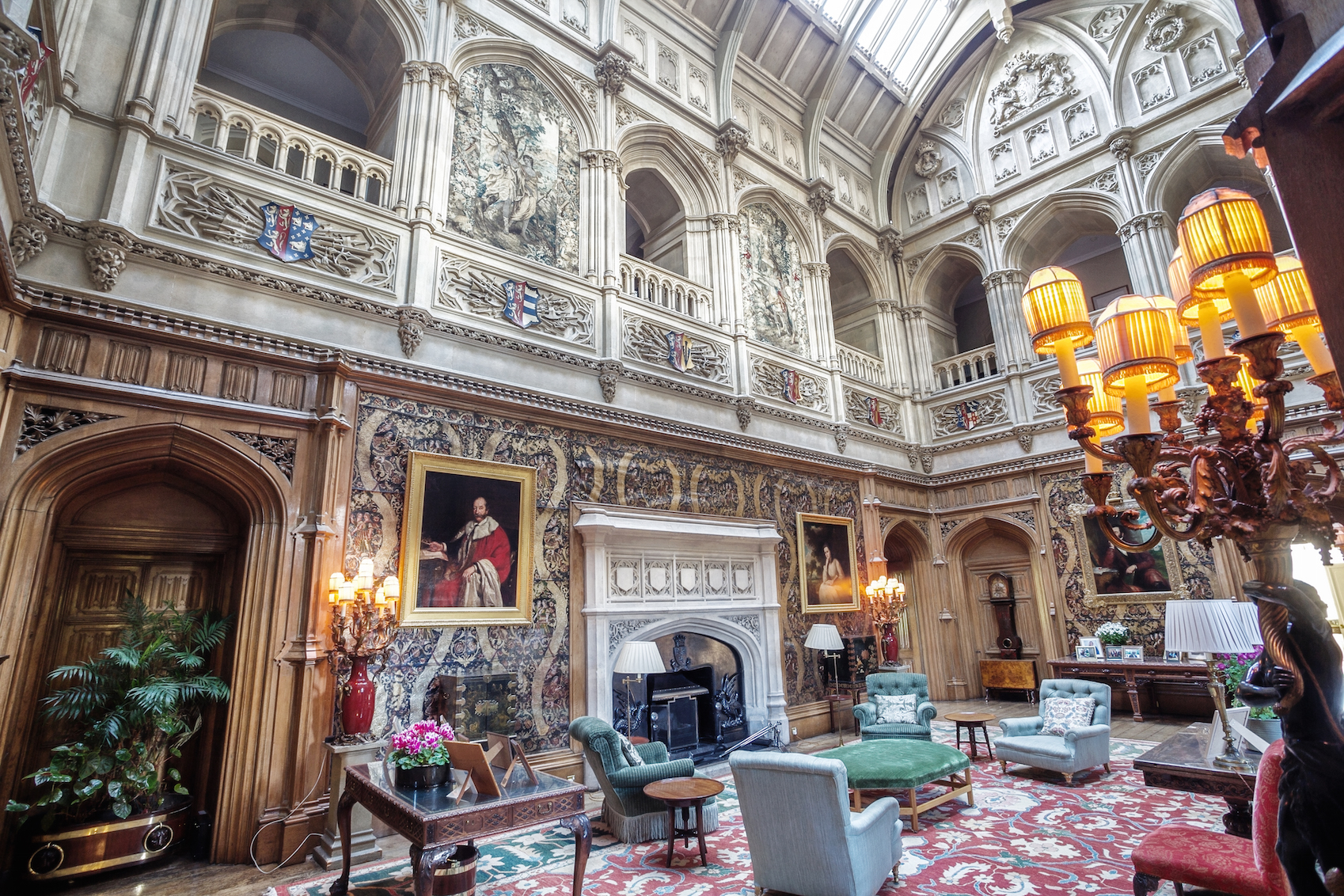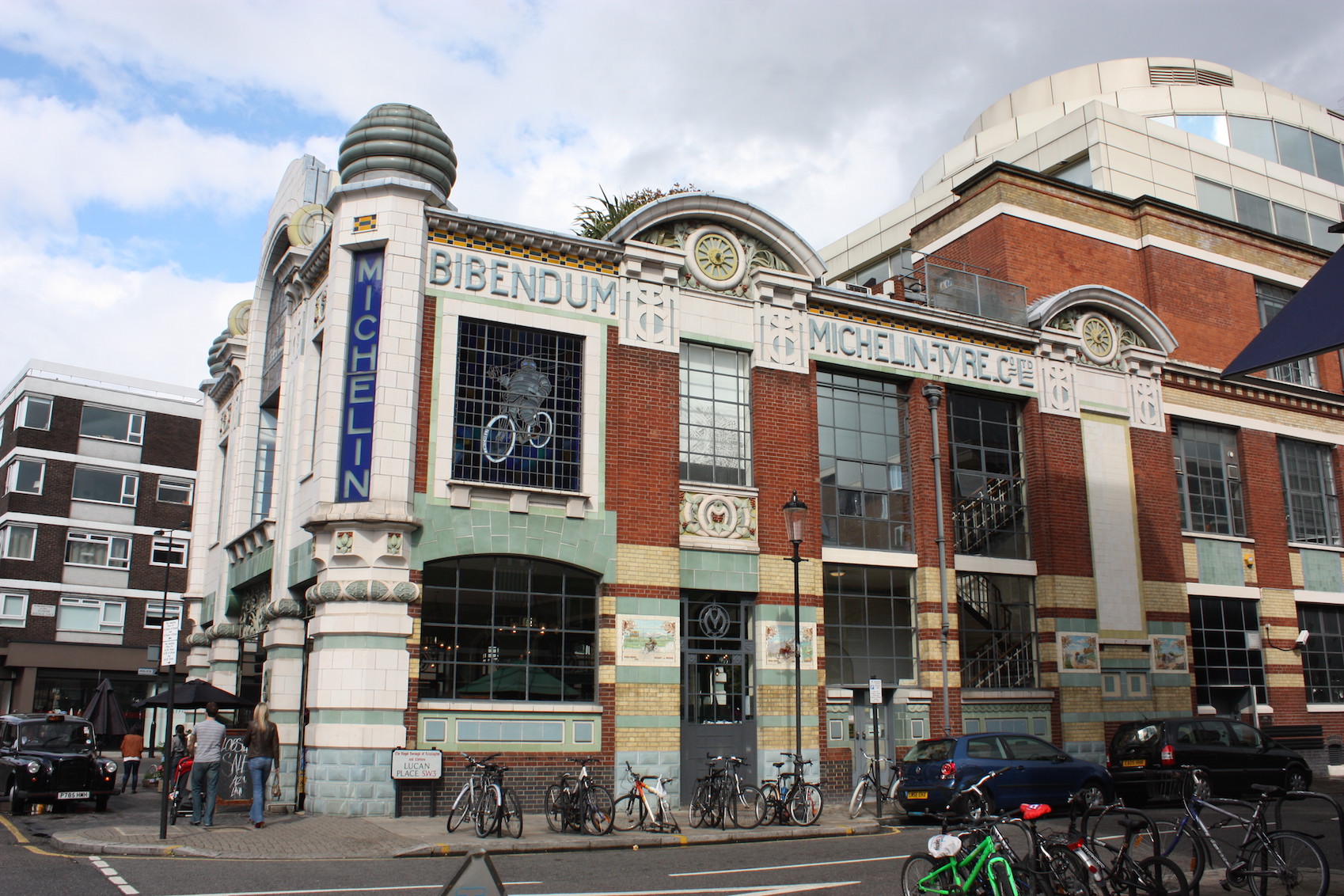Recently updated on January 30th, 2020 at 01:58 pm
King Edward VII had spent his life waiting in the wings as Prince of Wales. When Queen Victoria, the longest-reigning monarch, passed away, Edward acceded the throne. The Edwardian era (1901-1910), was different in morals, having a more relaxed standard in its code of conduct, compared to Victorian society, which was very conservative.
During this period, Britain saw a boom in technology. Telephones became common throughout homes, increasing the rate of communication between people. Electricity in became more widespread, as did electrical appliances like the refrigerator that was finally developed for domestic use. Einstein’s ground-breaking Theory of Relativity was posited during this time and aviation was mastered thanks to the Wright brothers’ flying machine breakthroughs in 1903. It was truly a radical time of exciting innovation and dynamic change.
At the start of the Edwardian era, a polarised class system was very much in place. An upstairs-downstairs culture of lords and ladies with scullery maids and servant staff, the real-life Downton Abbey. If you were wealthy in Edwardian England, you enjoyed a life of luxury, mixing with high society at exclusive events. If you were poor, however, life wasn’t as sweet and you’d find yourself working long hours in sometimes appalling conditions.
Highclere Castle near Newbury, where Downton Abbey was filmed, was at its pinnacle in the Edwardian era. Its visitor book recounts raucous house parties full of noblemen, politicians, technical innovators, and soldiers. Inside, its grand State Rooms are filled with opulent furnishings, elaborate tapestries, regal paintings and Egyptian antiquities.


But it wasn’t just Edwardian Baroque. One of London’s most visually-striking restaurants, Bibendum in Chelsea is a wonderful example of Edwardian innovation, with an extraordinary Art Deco look that pre-dated the movement by a decade. Designed in 1910 and originally built as a tyre factory, the building is famous for its giant stained glass window of Bibendum, the iconic Michelin man. Today it’s a world-class restaurant headed-up by star French chef, Claude Bosi.


Culturally, it was truly a time that celebrated the performing arts by way of music revues, variety shows, and circus performances. London welcomed the Alexander Palace concert hall, Apollo Theatre, and London Hippodrome during the opening decade of the 20th Century.
If you’d like to experience the best of Edwardian Britain for yourself, our Edwardian Lords and Ladies trip will take you right back to the past.
Image Credits: Highclere Castle © Highclere Castle. Bibendum © Wikicommons/kenyh.